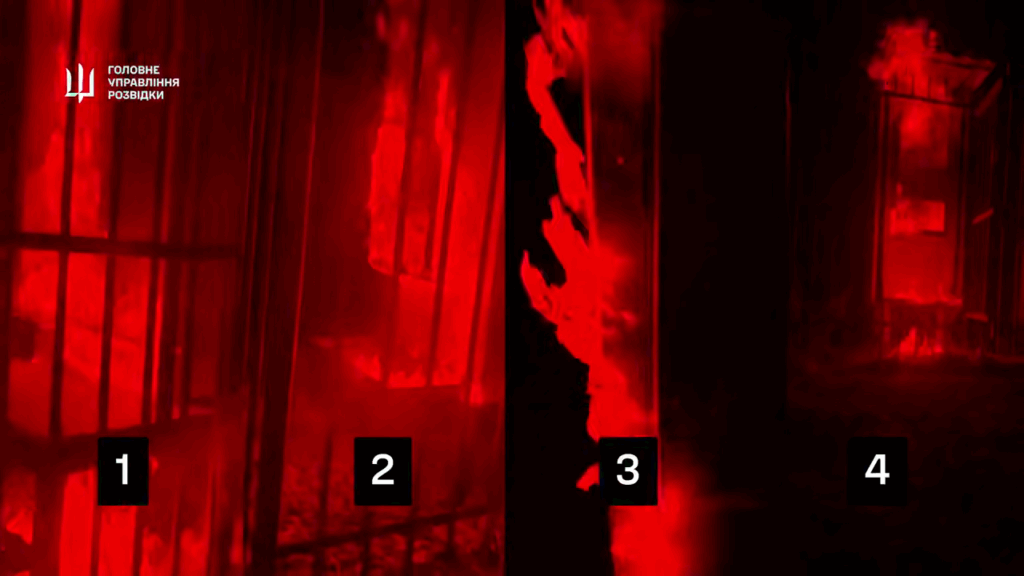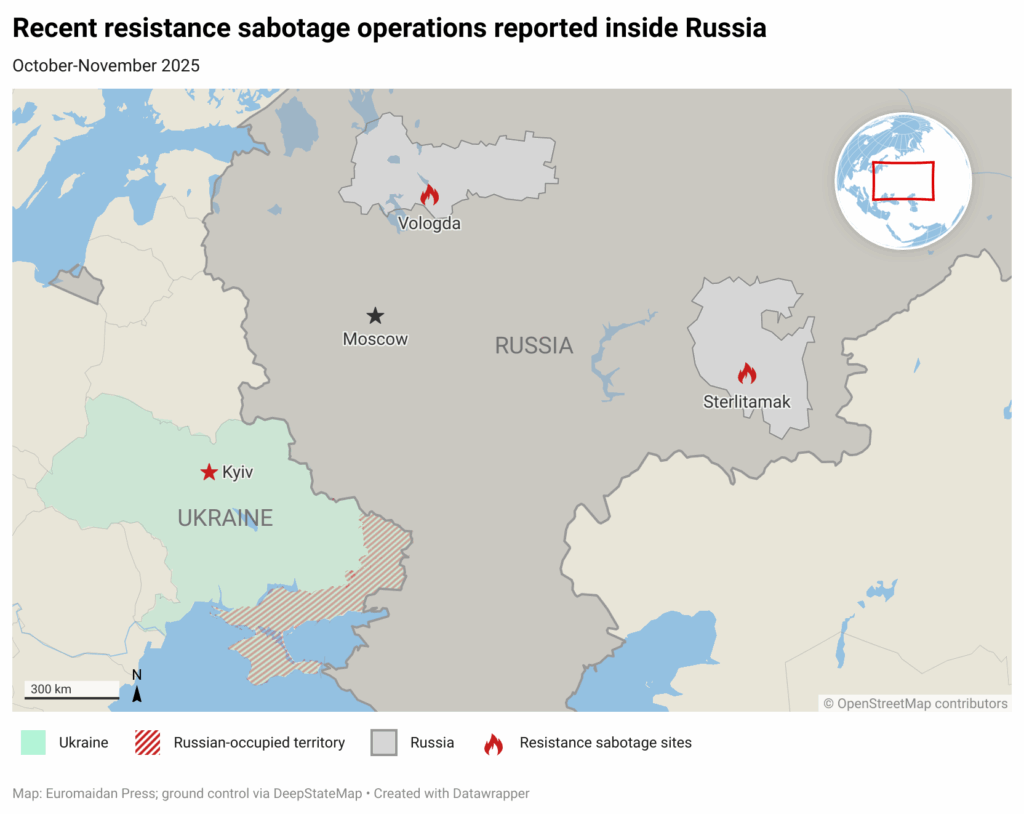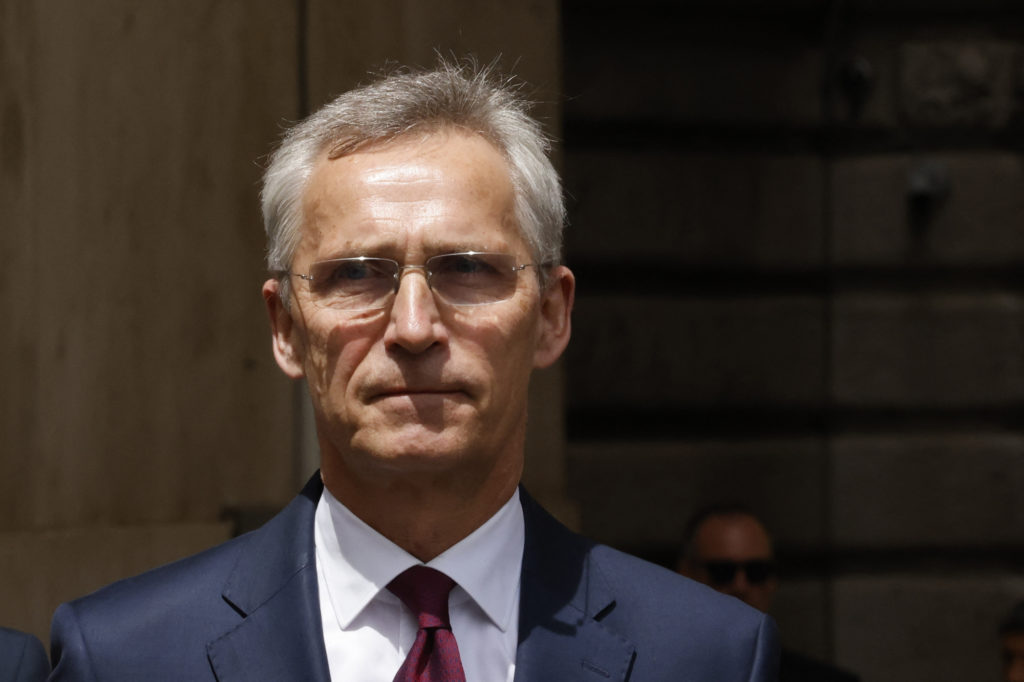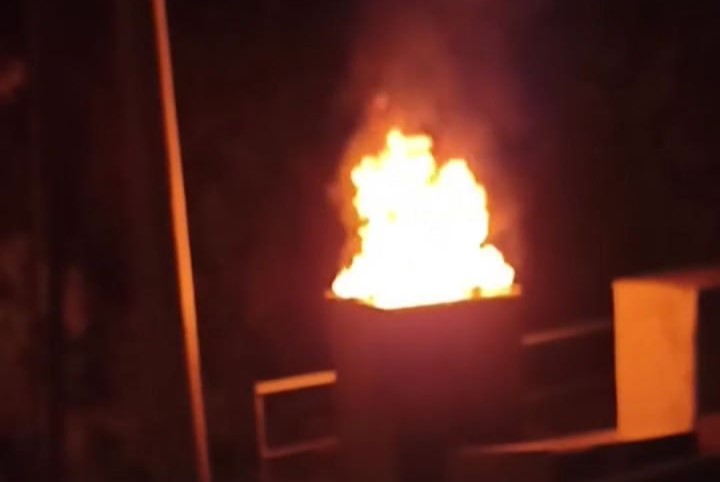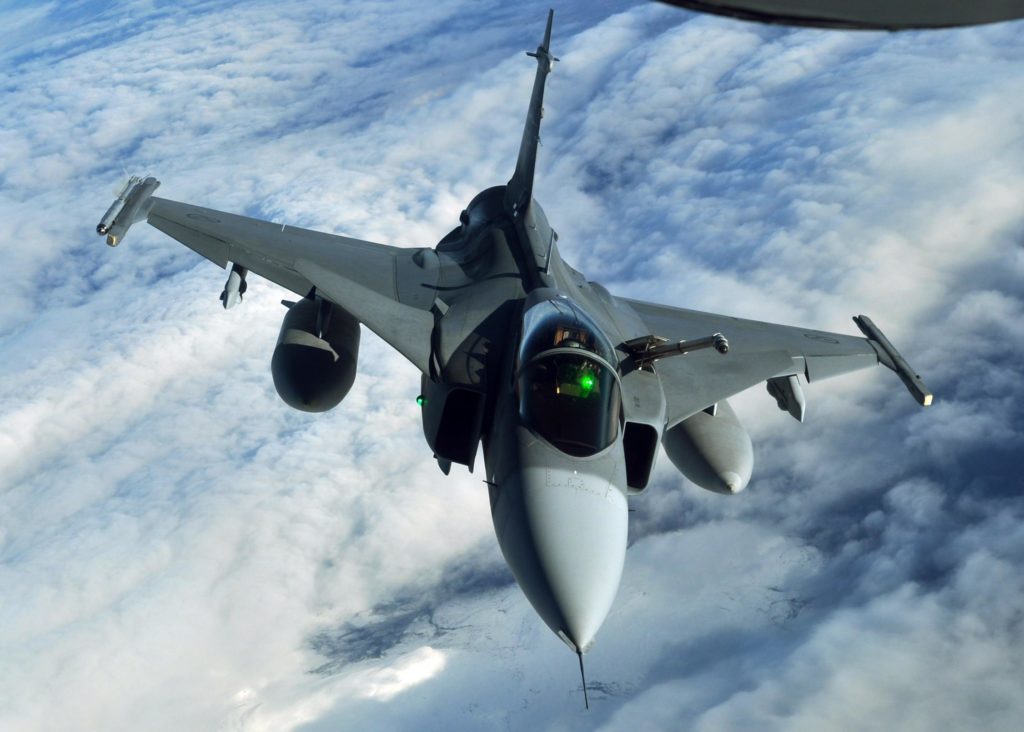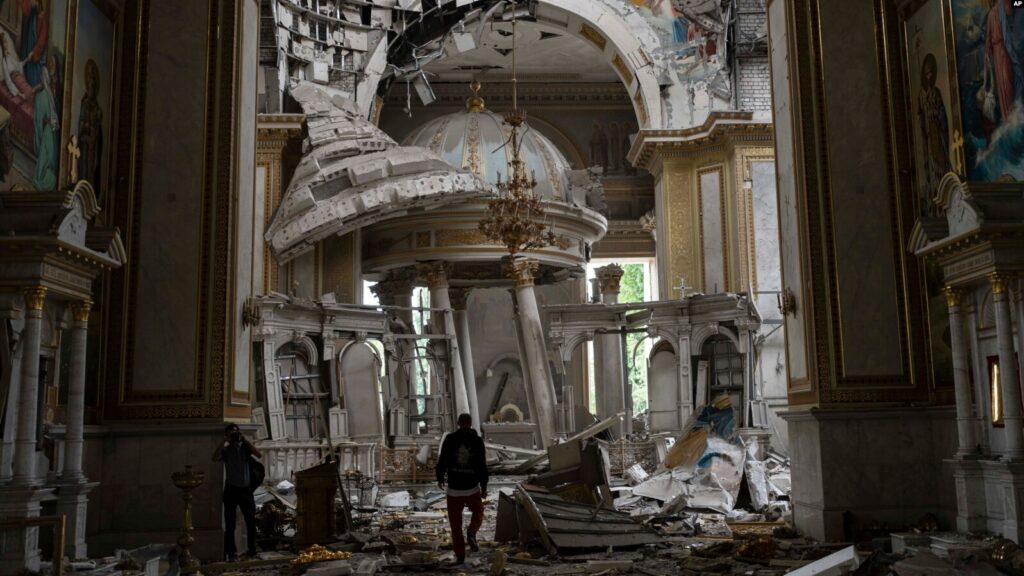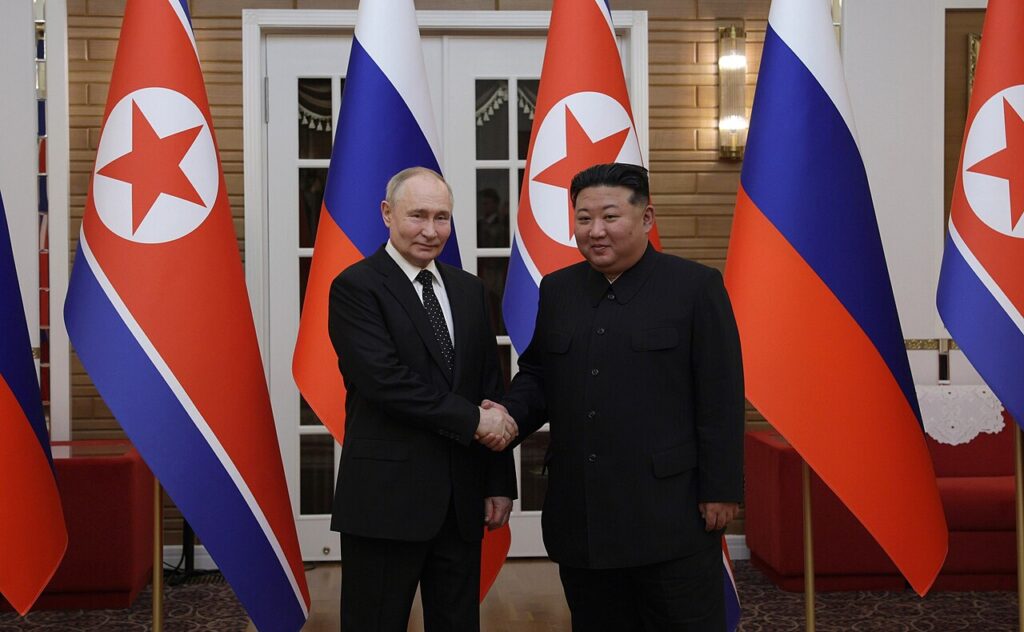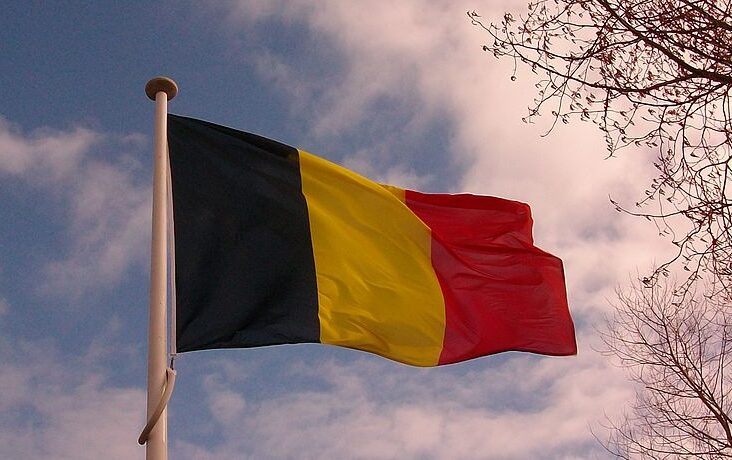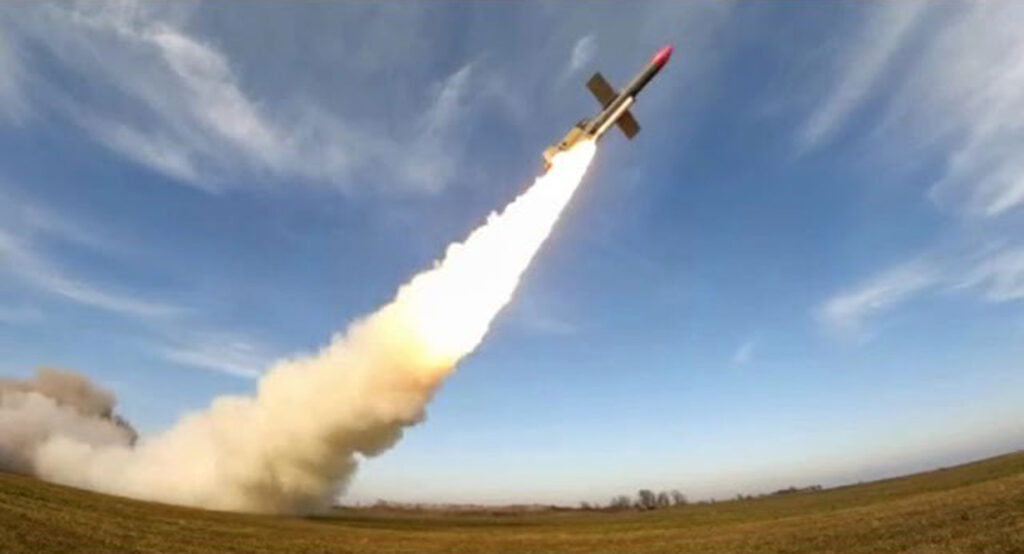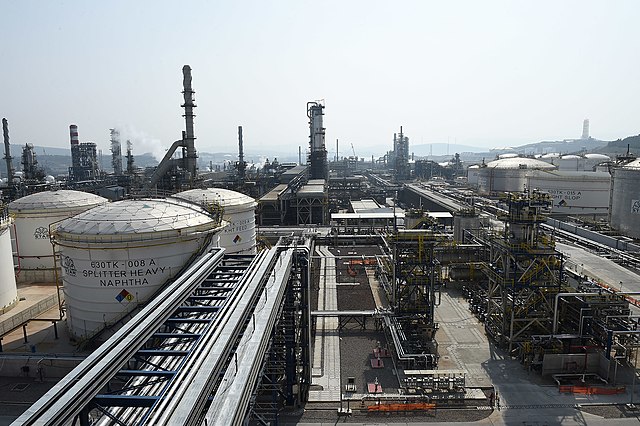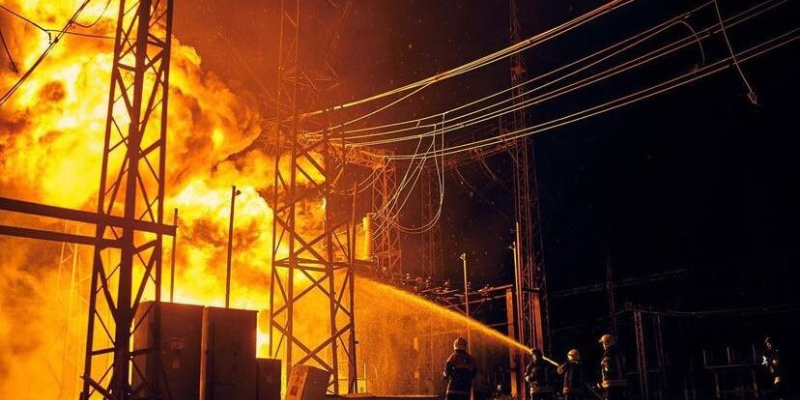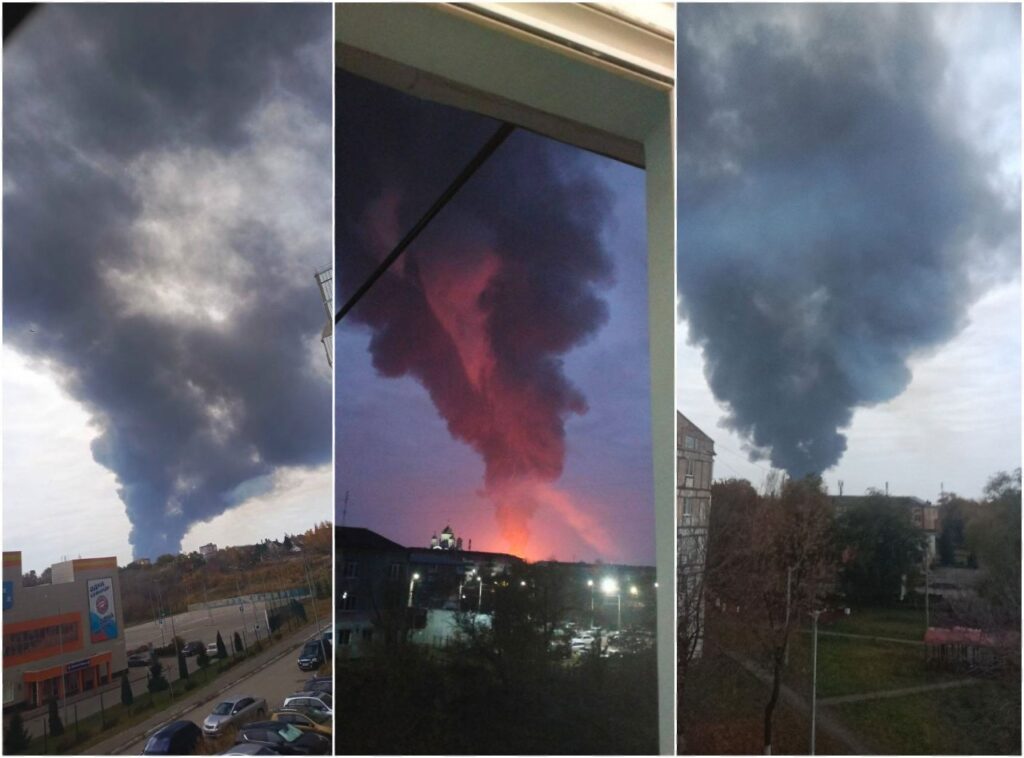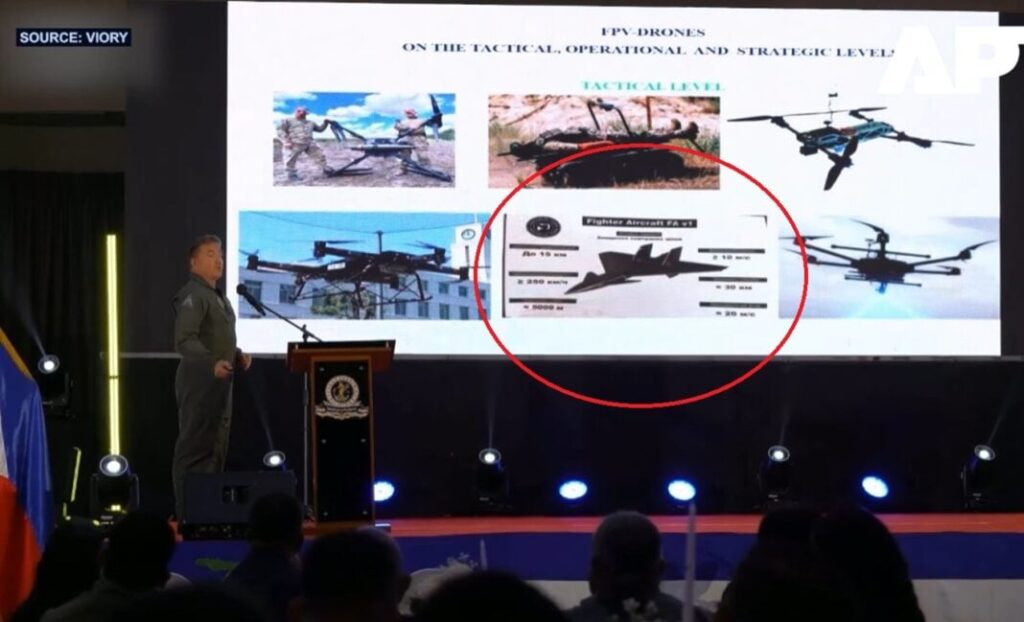Russia trains drone operators by hunting Ukrainians in Kherson streets – Zelenskyy

Russian forces are using civilians in Kherson and other frontline cities as live targets to train drone operators, Ukrainian President Volodymyr Zelenskyy said on 15 November, referring to the systematic killings of Russia’s "human safari" terror tactic.
The attacks serve a dual purpose for Russia: terrorizing Ukrainian civilians who resist their forces while providing real-world training for drone operators, transforming Kherson and other cities into live-fire training grounds.
Russian "human safari" terror doubles as drone operator training
"They are essentially conducting a 'human safari' and training drone operators through the killing of Ukrainians on the streets, on the roads," Zelenskyy said in his evening address. "We need more protection and more of our own active operations."
The president singled out Russian units targeting Kherson, Nikopol, and other cities within easy reach of occupied territory.
"They are tormenting our cities, tormenting our people," he said. "We are preparing special solutions that can strengthen our defenses, particularly in those regions and inflict greater losses on the occupier - especially on those Russian units" conducting the attacks.
Systematic attacks kill over 130 civilians in four months
Since summer 2024, Russian forces have conducted what Kherson residents call "human safari" - using small FPV drones equipped with cameras to track individual pedestrians, cyclists, and drivers, then drop explosives directly on them.
The UN confirmed in October 2025 that these attacks constitute crimes against humanity. Russian forces deliberately target civilians, ambulances, and first responders across over 300 kilometers of territory along the Dnipro River.
Kherson experiences thousands of drone strikes monthly, with Russian military social media channels openly posting videos of the attacks and referring to them as a "hunt."
Russia has already killed 2877 Kherson civilians in its drone safari. And the ticker is rising each day.
— Euromaidan Press (@EuromaidanPress) October 25, 2025
Each of the dots is a geoconfirmed, prooflinked case of deliberate Russian murder against old ladies, children, and first responders in Khersonhttps://t.co/vH43rDMjeV pic.twitter.com/XCpTWdUffz
Ukraine expands drone forces and evacuation systems
Zelenskyy announced expanded deployment of Ukraine's Unmanned Systems Forces, including the elite Magyar's Birds unit, with additional resources allocated to counter the threat.
Starting 1 December, Ukraine will launch an electronic points system for evacuating wounded soldiers using ground robotic complexes. "We are also fully ensuring direct financing for brigades for their needs - for drones, for procuring components," the president said.
The announcement came after Zelenskyy's recent visit to Kherson, where he met with military leaders and drone units to review defense measures for the city three years after its liberation from Russian occupation.

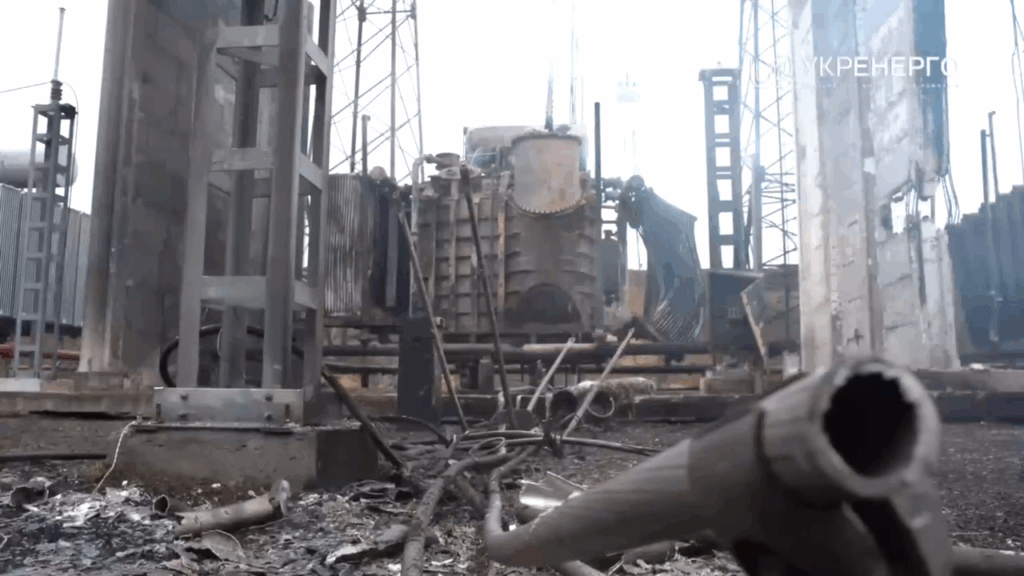


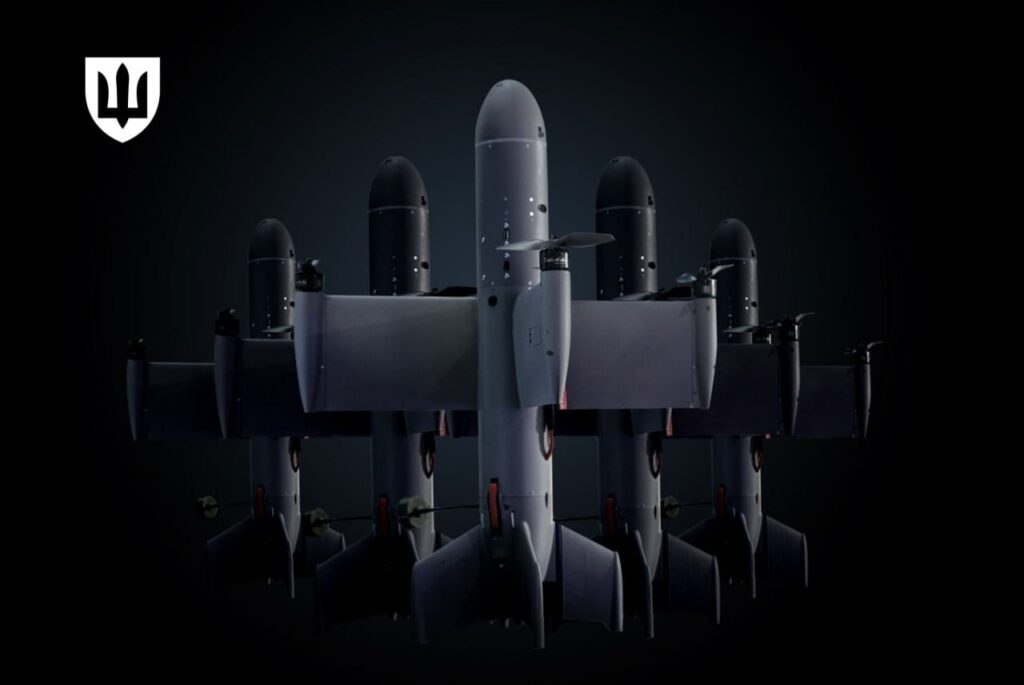
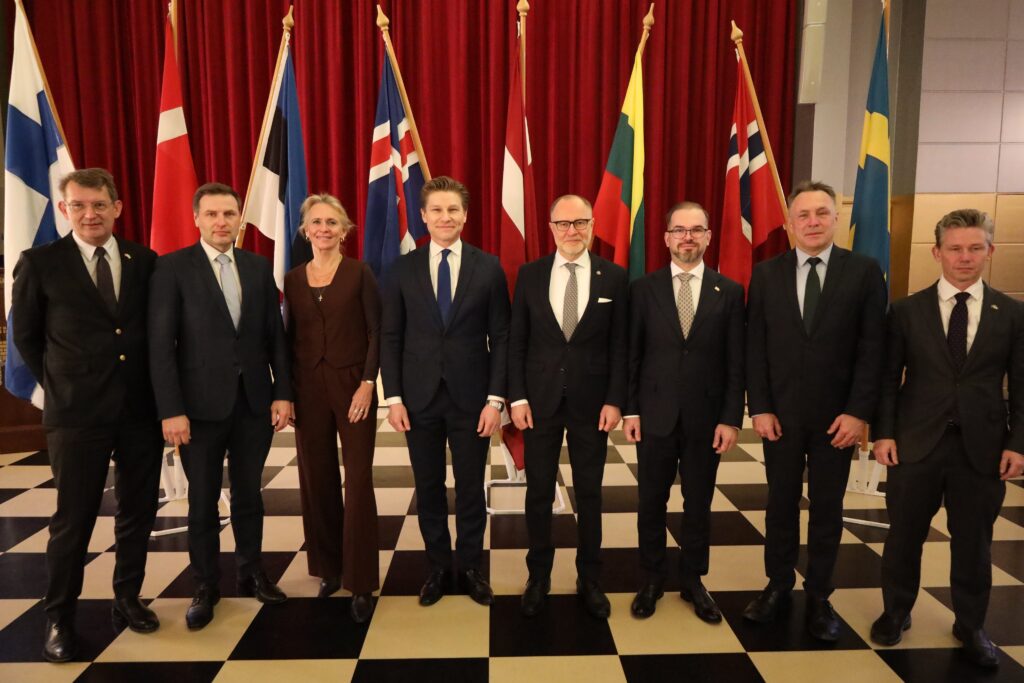






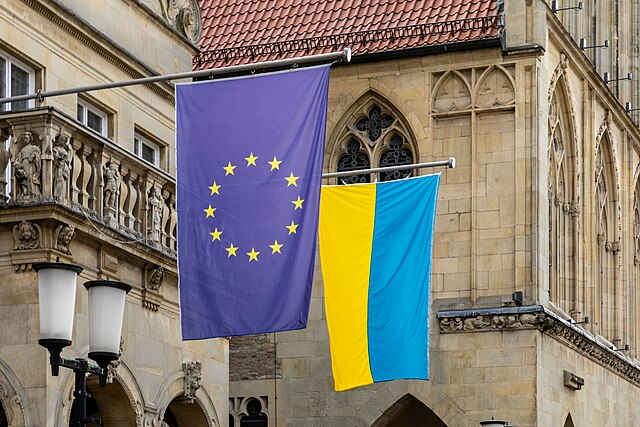



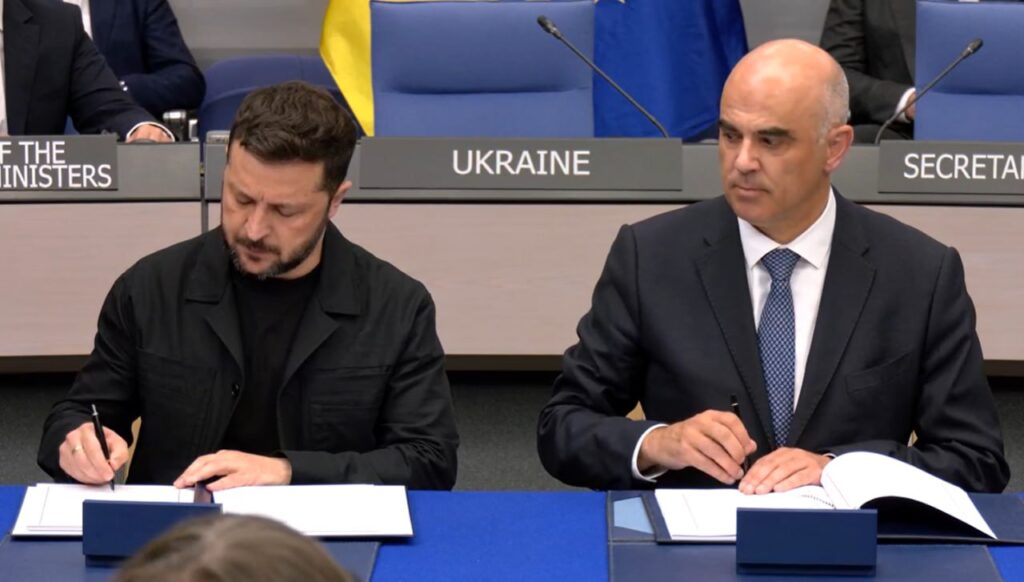


 Exilenova+
Exilenova+ 

